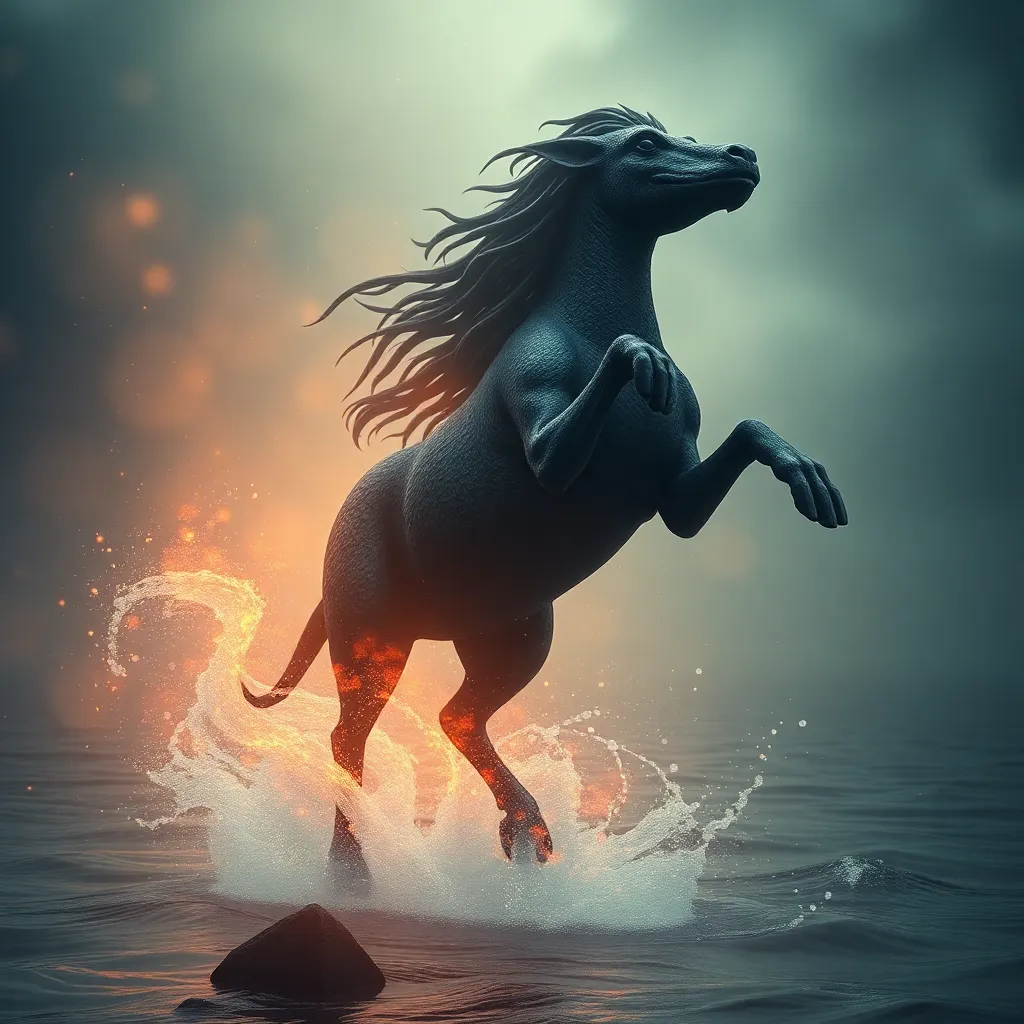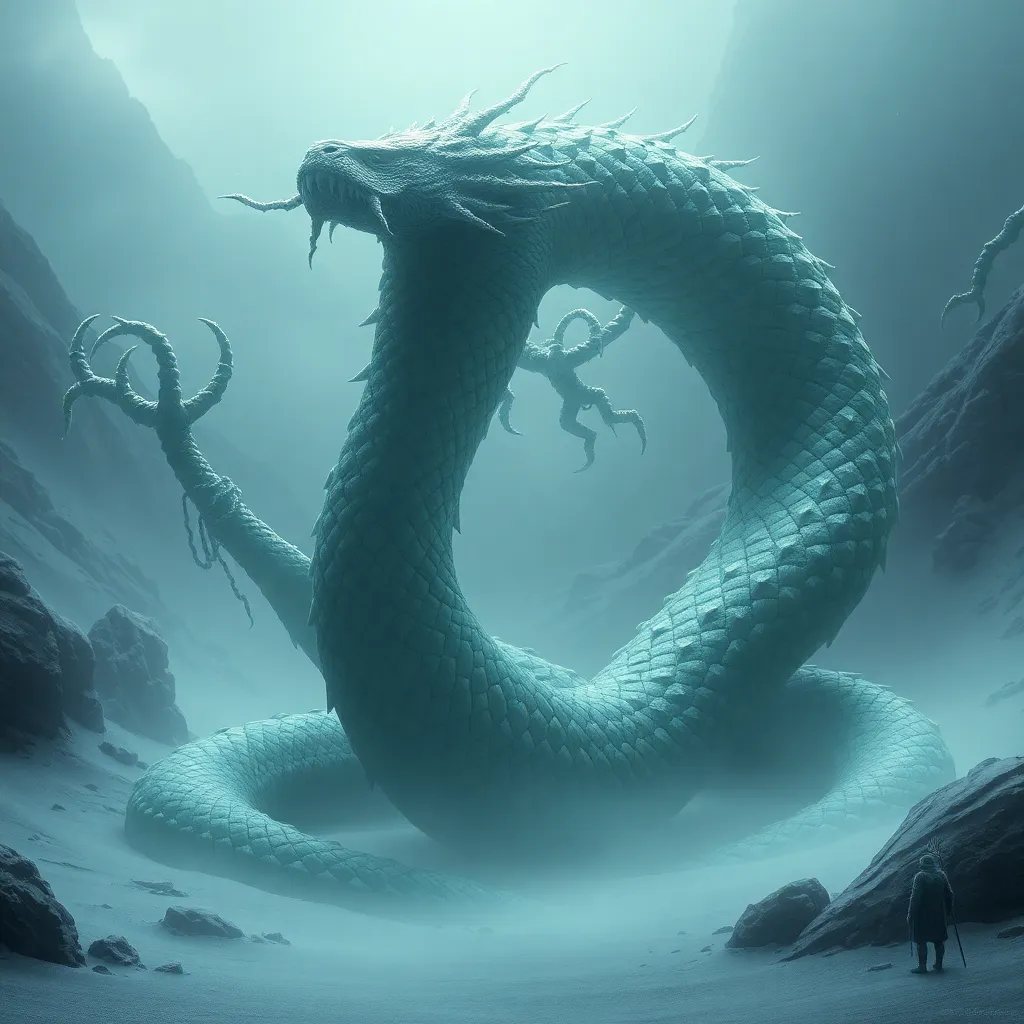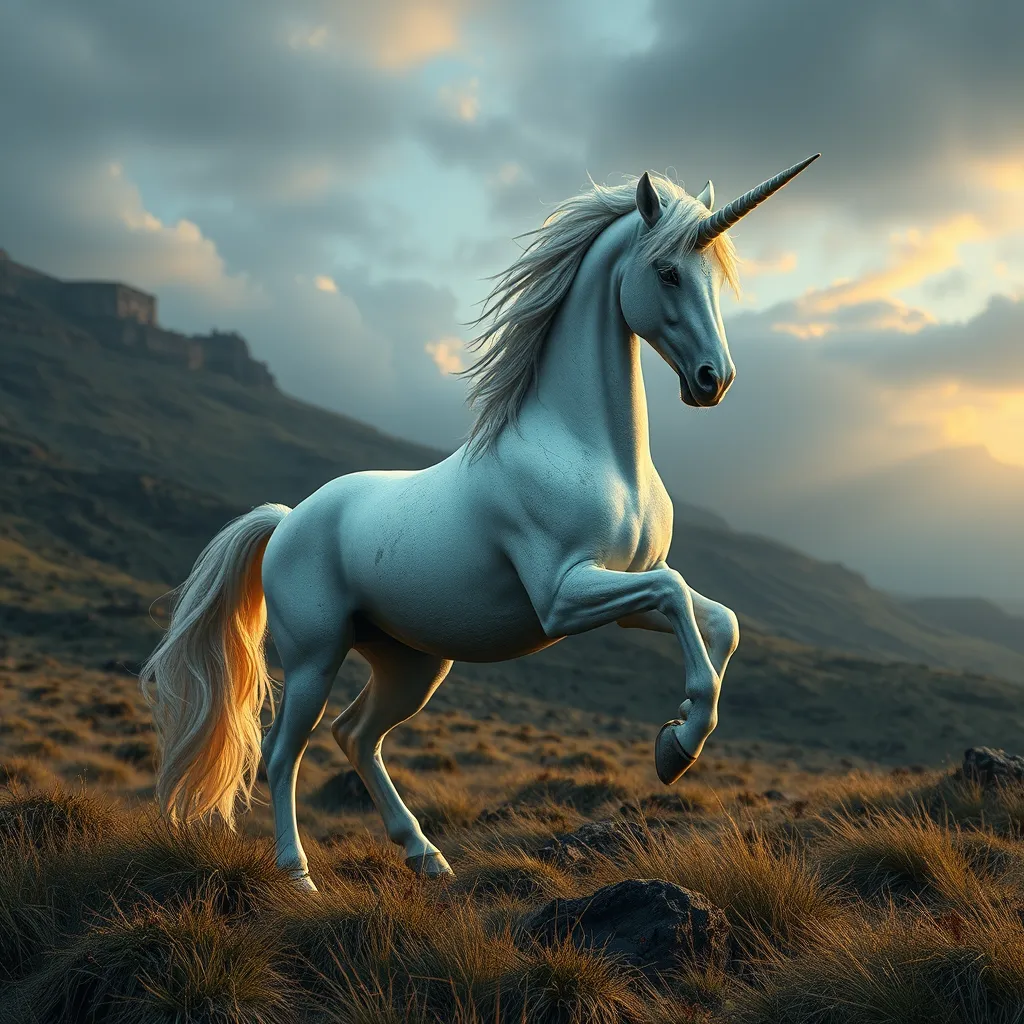The Kelpie’s Influence on Film and Television: Analyzing How the Myth is Depicted in Modern Media
I. Introduction
The Kelpie is a mythical creature from Scottish folklore, often depicted as a shape-shifting water spirit that inhabits rivers and lochs. Known for its horse-like appearance, the Kelpie is infamous for luring unsuspecting victims to watery graves. This fascinating myth plays a significant role in Scottish culture, symbolizing both the beauty and danger of nature. In this article, we will explore how the Kelpie has been represented in modern film and television, analyzing its portrayal and significance in contemporary storytelling.
II. Historical Context of the Kelpie Myth
A. Origins and evolution of the Kelpie legend
The origins of the Kelpie legend can be traced back to ancient Scottish folklore, where tales of water spirits were prevalent. The word “Kelpie” is believed to derive from the Gaelic term ‘cailpeach,’ which means ‘heifer’ or ‘young cow,’ hinting at its association with both water and livestock. Over the centuries, the Kelpie’s representation has evolved, with stories adapting to societal changes and cultural contexts.
B. Symbolism and themes associated with Kelpies
Kelpies embody various symbolic meanings, including:
- The duality of nature: Kelpies represent the beauty and danger inherent in natural landscapes.
- Transformation: The shape-shifting nature of Kelpies highlights themes of change and adaptability.
- Trickery: As cunning creatures, Kelpies embody the idea of deception and the consequences of naivety.
C. Cultural relevance of Kelpies in Scottish heritage
The Kelpie is not only a captivating figure in folklore but also a symbol of Scotland’s rich cultural heritage. It serves as a reminder of the power of nature and the importance of respecting the environment, themes that resonate deeply within Scottish identity.
III. The Kelpie in Film: Iconic Representations
A. Major films featuring Kelpies or Kelpie-inspired characters
<p Numerous films have drawn inspiration from the Kelpie myth, including:
- Brave (2012): While not a direct representation of Kelpies, the film’s connection to Scottish folklore and its themes of transformation are reminiscent of Kelpie legends.
- The Water Horse (2007): This film features a mythical creature that embodies the spirit of Scottish lore, paralleling the Kelpie’s essence.
B. Analysis of visual and narrative portrayals
In these films, Kelpies and Kelpie-like creatures are often depicted with stunning visuals, emphasizing their ethereal beauty and the peril they pose. The narratives typically focus on themes of adventure, danger, and the relationship between humans and nature.
C. Audience reception and cultural impact
The representation of Kelpies in film has had a significant cultural impact, fostering greater awareness and appreciation for Scottish folklore. Audiences are captivated by the blend of myth and storytelling, resulting in a renewed interest in traditional tales.
IV. The Kelpie in Television: Series and Documentaries
A. Popular TV shows that incorporate Kelpie lore
Several television series have featured Kelpies, showcasing their allure and danger:
- Outlander: This series weaves Scottish history and folklore into its narrative, occasionally referencing water spirits.
- Monsters and Mysteries in America: This documentary series explores various myths, including Kelpies, shedding light on their origins and stories.
B. Depictions of Kelpies in various genres (fantasy, horror, etc.)
Kelpies find their place in multiple genres, from fantasy to horror, often representing the unknown and the lurking dangers of nature. Their portrayal can shift from menacing figures to tragic beings, depending on the narrative’s focus.
C. Educational documentaries and their role in myth preservation
Documentaries dedicated to folklore play a crucial role in preserving myths like the Kelpie. By exploring their history and significance, these programs help educate viewers about cultural heritage and the importance of storytelling in society.
V. Comparative Analysis: Kelpies vs. Other Mythical Creatures
A. Similarities and differences with other water spirits (e.g., mermaids, selkies)
When comparing Kelpies to other mythical water beings such as mermaids and selkies, several similarities and differences emerge:
- Similarities: All three are associated with water, often embodying beauty and danger.
- Differences: Kelpies are primarily malevolent, luring victims to their deaths, whereas mermaids and selkies can have more benevolent or romantic portrayals.
B. The Kelpie’s unique traits and narrative functions
The Kelpie’s ability to shapeshift and its specific connection to Scottish landscapes set it apart from other mythical creatures, making it a unique figure in folklore.
C. How these comparisons enhance viewer understanding of Kelpies
By contrasting Kelpies with other mythical beings, audiences gain a deeper understanding of their characteristics, motivations, and the cultural narratives surrounding them, enriching the overall experience of folklore.
VI. Thematic Exploration: Nature, Danger, and Transformation
A. Recurring themes in Kelpie narratives in media
Kelpie narratives often revolve around key themes:
- Nature: The beauty of the natural world is both alluring and treacherous.
- Danger: The perilous consequences of underestimating the forces of nature.
- Transformation: The concept of change, both physical and emotional, is central to many Kelpie tales.
B. The interplay of beauty and menace in Kelpie portrayals
The duality of the Kelpie as both beautiful and threatening underscores the complexity of nature itself, reminding viewers of the respect it commands.
C. The role of environmental concerns in modern adaptations
Contemporary adaptations of the Kelpie myth increasingly reflect environmental themes, addressing issues such as climate change and the importance of preserving natural habitats, which resonate with modern audiences.
VII. The Evolution of the Kelpie in Contemporary Culture
A. Changing perceptions of Kelpies in modern storytelling
As society evolves, so too do the interpretations of Kelpies. Modern storytelling often reimagines these creatures, portraying them with more nuance, exploring their motivations and showcasing their complexity.
B. The resurgence of interest in folklore and myth in media
In recent years, there has been a notable resurgence of interest in folklore and mythology across various media, including film, television, and literature. This trend reflects a broader societal yearning for connection to cultural roots and an appreciation for traditional narratives.
C. The influence of technology on myth reinterpretation
Advancements in technology have enabled creators to visualize myths like the Kelpie in innovative ways, enhancing storytelling through special effects and immersive experiences that resonate with contemporary audiences.
VIII. Conclusion
In summary, the Kelpie’s representation in modern media reveals much about our cultural values and perceptions of nature. From its historical roots in Scottish folklore to its contemporary depictions in film and television, the Kelpie remains a compelling figure that continues to captivate audiences. As we move forward, the ongoing relevance of Kelpies in storytelling highlights the enduring power of myth and the necessity of preserving these narratives for future generations.
Ultimately, the future of mythological creatures in film and television lies in the balance of tradition and innovation, as creators seek to breathe new life into ancient tales while honoring their cultural significance.
</



